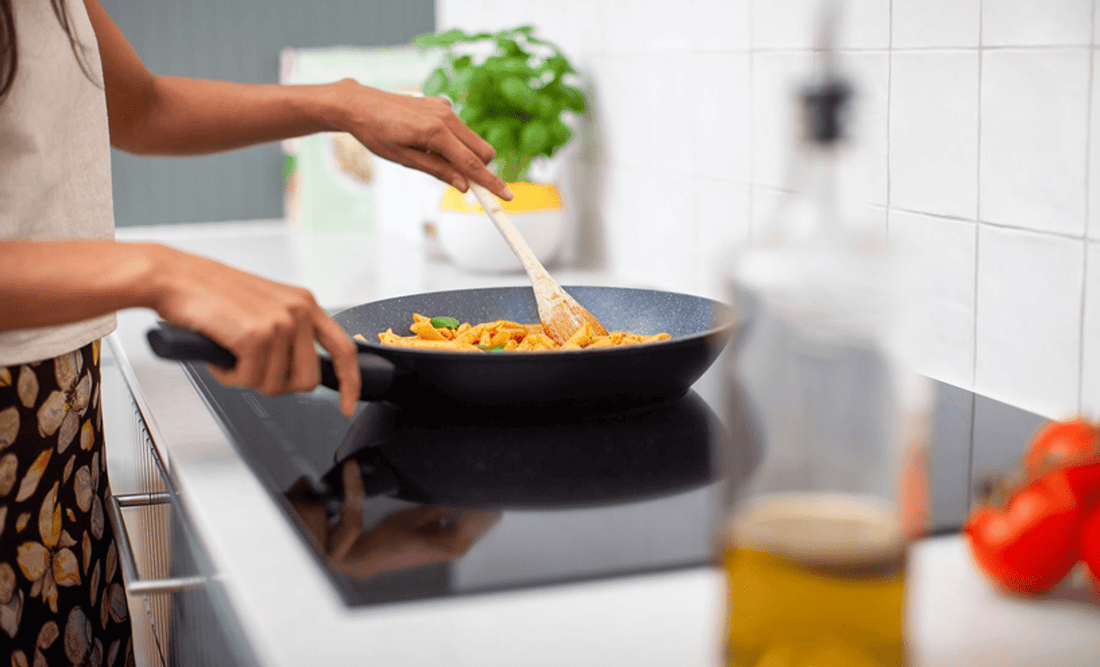Cast Iron Seasoning Video: Induction Specific Insights
Written By Avi Green
In the world of barbecue enthusiasts and culinary aficionados, few tools are as revered as the cast iron skillet. Renowned for its durability and exceptional heat retention, cast iron has been a staple in kitchens for centuries. However, with the rise of induction cooktops, many are left wondering how to best adapt their beloved cookware to this modern cooking technology. This is where the cast iron seasoning video induction specific guide comes into play, offering invaluable insights tailored for those who wish to seamlessly integrate their cast iron cookware with induction cooking.
In this article, we dive deep into the nuances of seasoning cast iron for induction cooktops, ensuring that your cookware remains in pristine condition while delivering superior cooking results. Whether you're a seasoned grill master or a curious novice, understanding the intricacies of cast iron seasoning can elevate your culinary experience to new heights.

Why Seasoning Matters for Induction Cooking
Seasoning is the process of applying a thin layer of oil to the surface of your cast iron cookware, which is then heated to create a natural non-stick layer. This not only protects the metal from rust but also enhances the flavor of your food. When using an induction cooktop, proper seasoning is crucial to ensure even heat distribution and prevent food from sticking.
Induction cooking relies on electromagnetic fields to generate heat directly within the cookware. This means that the surface of your cast iron must be impeccably smooth and evenly seasoned to ensure optimal performance. For a detailed guide on maintaining your cast iron, you can explore this cast iron maintenance infographic.
The Science Behind Induction Cooking
Induction cooktops are celebrated for their efficiency and precise temperature control. Unlike traditional gas or electric stoves, induction cooktops heat the cookware directly, rather than the surrounding air. This method is not only faster but also more energy-efficient.
However, this unique heating process requires cookware made of ferrous metals, such as cast iron, to work effectively. The electromagnetic field generated by the induction burner induces a current within the cookware, producing heat. As a result, the quality of your seasoning plays a pivotal role in how well your cast iron performs on an induction cooktop.
Steps to Season Cast Iron for Induction Cooktops
1. Choose the Right Oil
The type of oil you use for seasoning can significantly impact the quality of your non-stick surface. Oils with high smoke points, such as flaxseed, grapeseed, or canola oil, are ideal for creating a durable seasoning layer. When selecting an oil, consider its ability to polymerize, or form a hard, plastic-like coating, when heated.
2. Clean Thoroughly
Before applying oil, ensure your cast iron is thoroughly cleaned and dried. Any residual moisture or food particles can hinder the seasoning process. For an in-depth cleaning guide, visit our article on when to re-season cast iron.
3. Apply and Heat
Apply a thin layer of your chosen oil to the entire surface of the cast iron, including the handle and exterior. Place the skillet upside down in an oven preheated to 450F (232C) and bake for an hour. This allows the oil to bond with the metal, forming a protective layer.
Enhancing Your Barbecue Experience with Cast Iron
For barbecue enthusiasts, the allure of cast iron lies in its ability to impart a rich, smoky flavor to grilled dishes. When used on an induction cooktop, cast iron can achieve the same high temperatures as traditional grills, making it perfect for searing meats and achieving that coveted crust.
Pairing your cast iron skillet with the right grill grates can further enhance your barbecue experience. Learn more about choosing the right grill grates in our detailed guide.
Experimenting with Flavors
One of the joys of cooking with cast iron is the ability to experiment with various flavors and cooking techniques. Whether you're searing a succulent steak or roasting vegetables, the versatility of cast iron allows you to explore a myriad of culinary possibilities.
For those eager to delve into the world of cast iron cooking, our grill grate accessories guide offers tips on enhancing your cooking setup with essential tools and accessories.

FAQs
Can cast iron cookware be used on induction cooktops?
Yes, cast iron cookware is compatible with induction cooktops due to its ferrous metal composition, which allows it to conduct heat effectively.
How often should I season my cast iron skillet?
It's recommended to season your cast iron skillet every few months, or whenever you notice the surface becoming dull or food starting to stick.
What are the benefits of using cast iron on induction cooktops?
Using cast iron on induction cooktops offers benefits such as even heat distribution, energy efficiency, and precise temperature control, making it ideal for various cooking techniques.
For more information on using cast iron with induction cooktops, you can visit this comprehensive guide.



